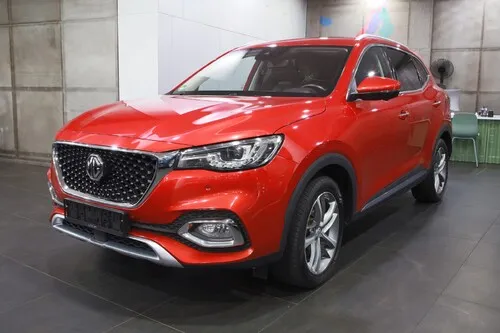Comparison: Boot space Ford Kuga vs. competitors 2025
How much cargo can handle this medium SUV?
In the sprawling expanse of the car universe, where boot space can be as fiercely debated as the merits of manual v automatic, the Ford Kuga stands as an interesting anomaly. It's a bit like that one guy at the party who claims he can fit a gazillion beer cans in his rucksack; you're sceptical, but you want to believe. Over the years, this automobiliary chameleon has morphed through various sizes and shapes, asserting its place in the Ford lineup with the audacity of a middle child - not large enough to lord over the paved plains like the Ford Galaxy, but not so petite as to be lost in the shuffle next to, say, a Ford Fiesta.
Table of contents:
Ford Kuga - How has the boot space changed over the generations?
So, how has the boot space in this metallic marsupial shifted through the sands of time? The first generation Kuga (2008-2012) swung open its hatch to reveal a 410-litre boot - a rather respectable cavern for carting about your worldly possessions. Generation two (2013-2019) then swooped in, inflating this to an even bulkier 481 litres, before the design team apparently had a slight change of heart, trimming it back to 456 litres following a facelift. Our current trekker in this lineage, the Kuga III (2019-now), presents a mixed bag with a 435-litre space, slightly retracting yet again in the name of progress (or perhaps, regress?), with its facelift in 2024 playing it safe at 412 litres. What we're witnessing is a boot space ballet, a dance of dimensions where more isn't always the mantra.
The difference in Boot space between first generation (I) from 2008 and last generation (Kuga III (1. Facelift)) from 2024 is 2 l.
The boot space of the current generation of Kuga is 412 l.
Variants
The boot space compared to other Ford models
Amidst the familial feuding within the Ford fold, where does our dear Kuga slot in? If boot space were the sole currency, it finds itself lurking in the middle ground, surpassing the urban-friendly EchoSport and Fiesta yet bowing down to the cavernous realms of the Galaxy and the rather roomy Focus clan. It's a bit like being the middle child; you're neither flaunting the expansive estate of the eldest (Galaxy) nor confined to the compact quarters of the youngest (Fiesta). The Kuga, thus, occupies a sweet spot - spacious enough to haul a family's worth of holiday gear, yet nimble enough not to require its own postal code.
Ford Kuga vs other current cars by Ford
-
Tourneo Connect 1213 l
-
E-Tourneo Custom 672 l
-
Tourneo Custom 672 l
-
Focus ST Turnier 635 l
-
Focus Turnier 635 l
-
Focus Active Turnier 608 l
-
Capri 572 l
-
E-Tourneo Courier 570 l
-
Tourneo Courier 570 l
-
Puma Gen-E 523 l
-
Bronco 504 l
-
Puma 456 l
-
Puma ST 456 l
-
Explorer EV 450 l
-
Kuga 412 l
-
Kuga Active 412 l
-
Mustang Mach-E 402 l
-
Mustang Mach-E Rally 402 l
-
Focus 392 l
-
Focus Active 392 l
-
Focus ST 392 l
-
Mustang Fastback 381 l
-
Explorer 330 l
-
Mustang Convertible 310 l
How does the boot space of the Ford Kuga compare to it's nearest competitors?
When parked beside the motley crew of its segment rivals, the Kuga plays a game of inches (and litres) with a mixed bag of outcomes. The VW Phaeton seems like it's brought a gun to a knife fight, sporting a mighty 500-litre boot, yet that's akin to comparing apples with slightly smaller apples given the Phaeton's limousine-like proportions. Over at the Renault Latitude's garage, we find a near doppelganger in boot volume, standing at 477 litres, suggesting a tête-à-tête on the cargo front. Meanwhile, the somewhat sleeker Lotus Europa S and the Alfa Romeo GTV, trailing at 154 and 155 litres, respectively, remind us that in the quest for boot space supremacy, sleek lines often take the back seat - quite literally. The Kuga, with its varying boot capacitates over the years, sits comfortably within this spectrum, not quite leading the pack nor bringing up the rear, a Goldilocks of boot space one might say.
Ford Kuga vs. similar cars
-
KGM Torres 2025 703 l
-
Citroen C5 Aircross 2019 580 l
-
KIA Sorento 2009 531 l
-
Dacia Duster 2024 517 l
-
Peugeot 4007 2007 510 l
-
BMW X1 2015 505 l
-
 Mazda CX-5 2012
503 l
Mazda CX-5 2012
503 l
-
 Mitsubishi ASX 2024
484 l
Mitsubishi ASX 2024
484 l
-
Volvo XC90 2002 483 l
-
BMW X3 2004 480 l
-
Renault Kadjar 2015 472 l
-
 Chevrolet Captiva 2006
465 l
Chevrolet Captiva 2006
465 l
-
Hyundai ix35 2010 465 l
-
 VW T-Cross 2024
455 l
VW T-Cross 2024
455 l
-
 Mazda CX-7 2007
455 l
Mazda CX-7 2007
455 l
-
 MG ZS 2021
448 l
MG ZS 2021
448 l
-
 VW T-Roc 2022
445 l
VW T-Roc 2022
445 l
-
Citroen C4 Aircross 2012 442 l
-
 VW Taigo 2021
440 l
VW Taigo 2021
440 l
-
Volvo XC40 2022 433 l
-
 Suzuki S-Cross 2022
430 l
Suzuki S-Cross 2022
430 l
-
 Mazda CX-30 2019
430 l
Mazda CX-30 2019
430 l
-
KIA XCeed 2022 426 l
-
Mercedes-Benz GLA 2014 421 l
-
Ford Kuga 2024 412 l
-
Hyundai Bayon 2024 411 l
-
Skoda Kamiq 2024 400 l
-
SEAT Arona 2021 400 l
-
KGM Tivoli 2025 395 l
-
 Jeep Avenger 2023
380 l
Jeep Avenger 2023
380 l
-
Opel Antara 2006 370 l
Similar cars
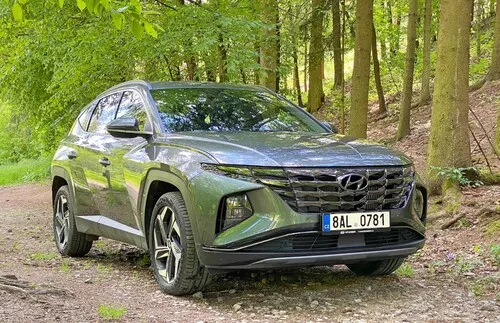
2024
• NX4E
Body type
SUV
Length
4510 mm
Width
1865 mm
Height
1650 mm
Wheelbase
2680 mm
Boot capacity
620 l
Weight
1520 kg
Doors
5
Boot space
620 l
(+50%)
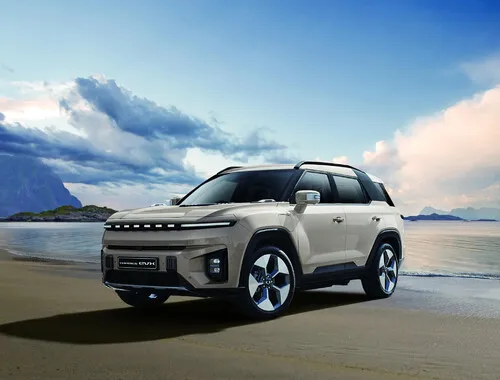
2025
• UK
Body type
SUV
Length
4700 mm
Width
1890 mm
Height
1710 mm
Wheelbase
2680 mm
Boot capacity
703 l
Weight
1498 kg
Doors
5
Boot space
703 l
(+71%)

2022
• NQ5E
Body type
SUV
Length
4515 mm
Width
1865 mm
Height
1650 mm
Wheelbase
2680 mm
Boot capacity
591 l
Weight
1526 kg
Doors
5
Boot space
591 l
(+43%)
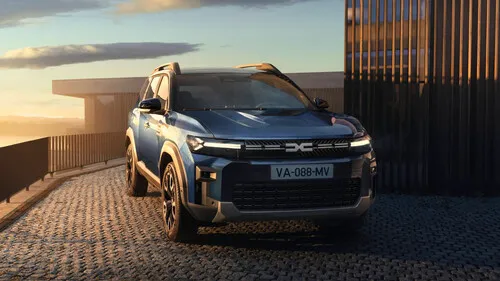
2025
• DJF
Body type
SUV
Length
4570 mm
Width
1813 mm
Height
1705 mm
Wheelbase
2704 mm
Boot capacity
550 l
Weight
1503 kg
Doors
5
Boot space
550 l
(+33%)
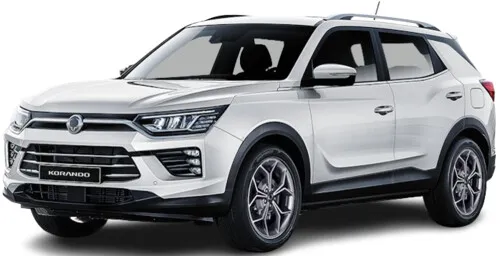
2025
• CW
Body type
SUV
Length
4450 mm
Width
1870 mm
Height
1620 mm
Wheelbase
2675 mm
Boot capacity
551 l
Weight
1442 kg
Doors
5
Boot space
551 l
(+34%)
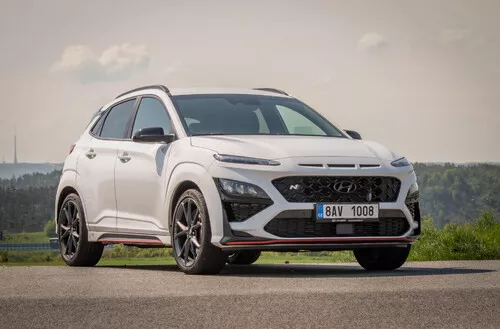
2023
• SX2
Body type
SUV
Length
4350 mm
Width
1825 mm
Height
1585 mm
Wheelbase
2660 mm
Boot capacity
466 l
Weight
1370 kg
Doors
5
Boot space
466 l
(+13%)
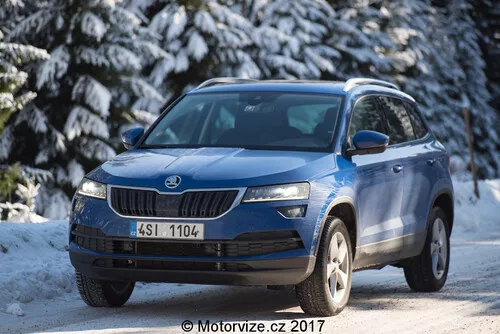
2021
• NU
Body type
SUV
Length
4390 mm
Width
1841 mm
Height
1624 mm
Wheelbase
2638 mm
Boot capacity
521 l
Weight
1365 kg
Doors
5
Boot space
521 l
(+26%)
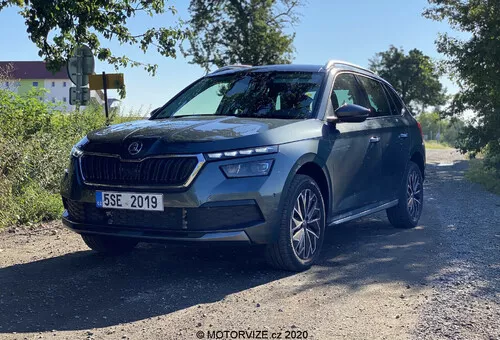
2024
• NW
Body type
SUV
Length
4241 mm
Width
1793 mm
Height
1562 mm
Wheelbase
2651 mm
Boot capacity
400 l
Weight
1223 kg
Doors
5
Boot space
400 l
(-3%)
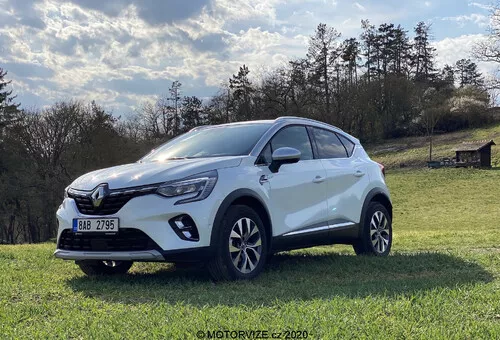
2024
• RJB
Body type
SUV
Length
4239 mm
Width
1797 mm
Height
1575 mm
Wheelbase
2639 mm
Boot capacity
422 l
Weight
1293 kg
Doors
5
Boot space
422 l
(+2%)

2024
• RJB
Body type
SUV
Length
4239 mm
Width
1797 mm
Height
1575 mm
Wheelbase
2639 mm
Boot capacity
484 l
Weight
1296 kg
Doors
5
Boot space
484 l
(+17%)

2020
• 5FP
Body type
SUV
Length
4381 mm
Width
1841 mm
Height
1601 mm
Wheelbase
2638 mm
Boot capacity
510 l
Weight
1345 kg
Doors
5
Boot space
510 l
(+24%)
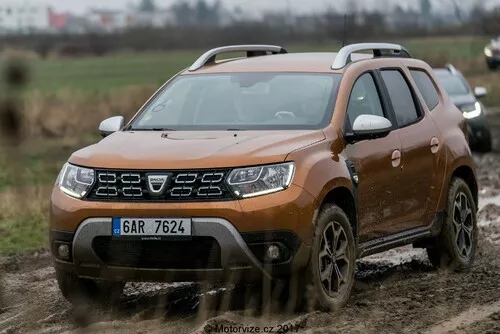
2024
• DJF
Body type
SUV
Length
4343 mm
Width
1813 mm
Height
1656 mm
Wheelbase
2657 mm
Boot capacity
517 l
Weight
1379 kg
Doors
5
Boot space
517 l
(+25%)
Compare with ...
Find the Perfect Match
Compare your car with other models
